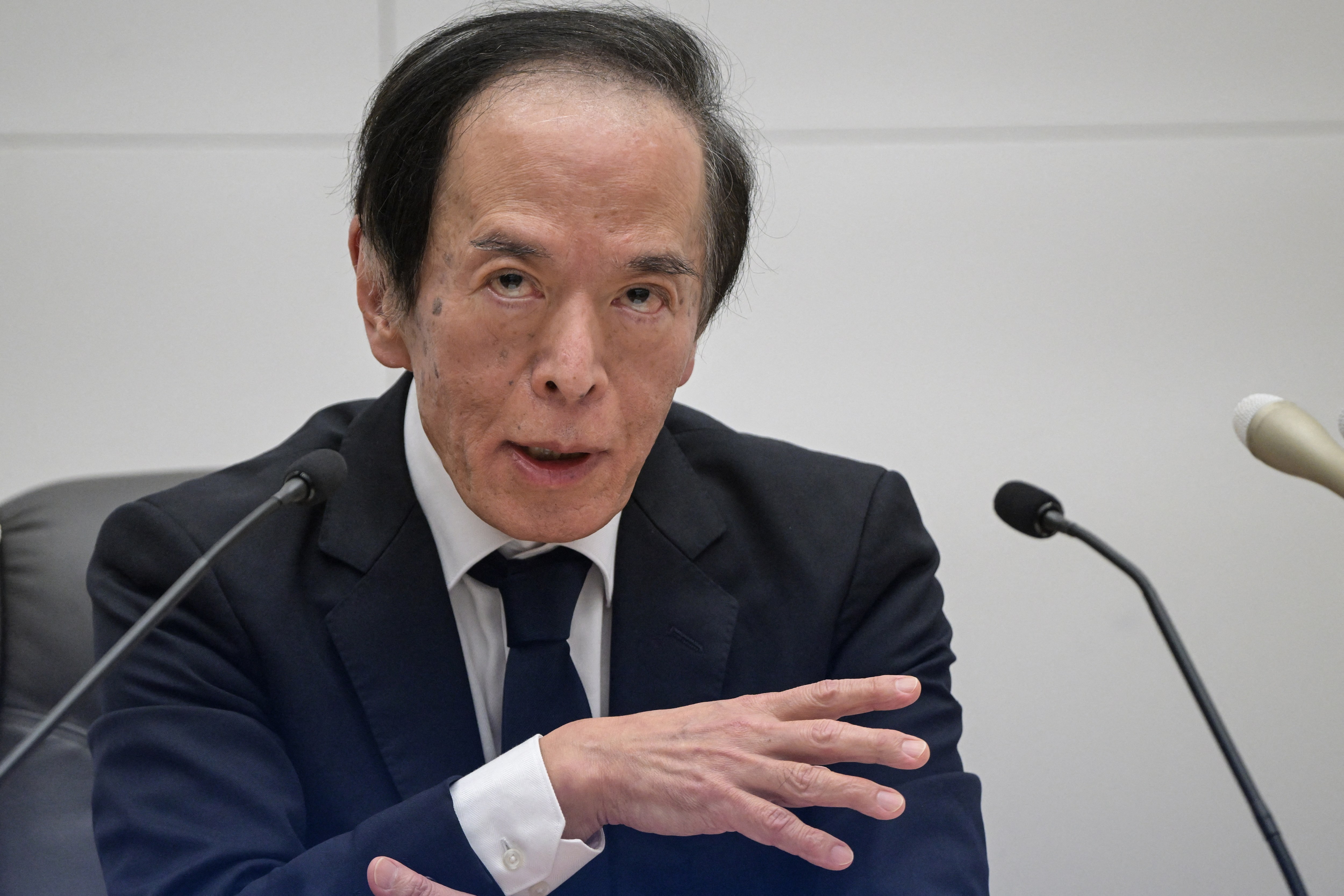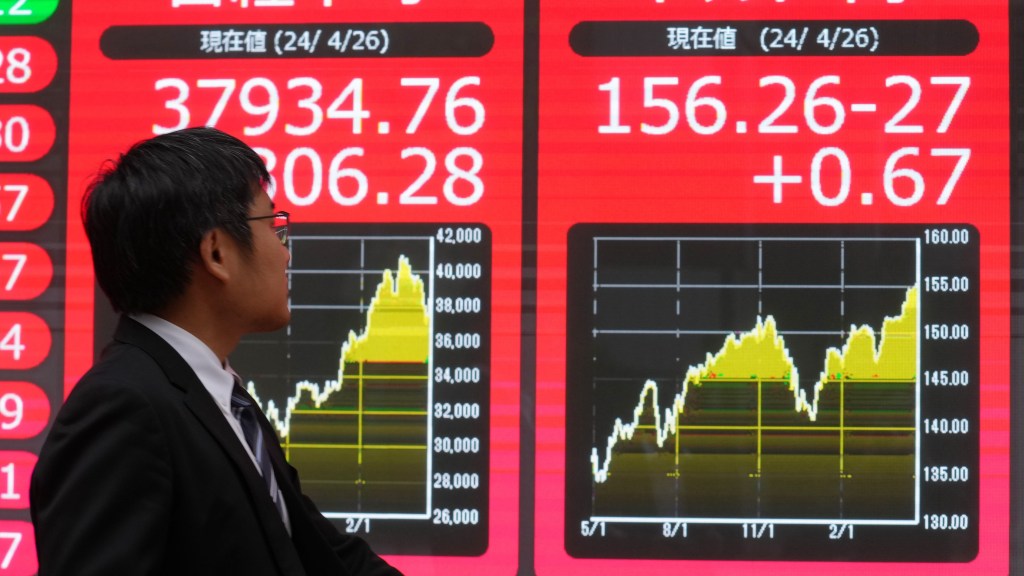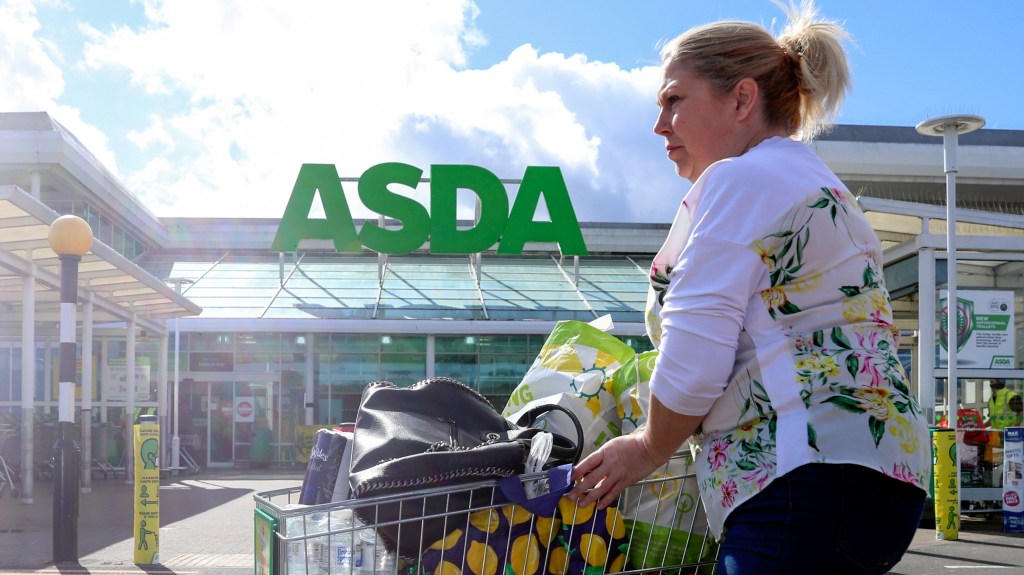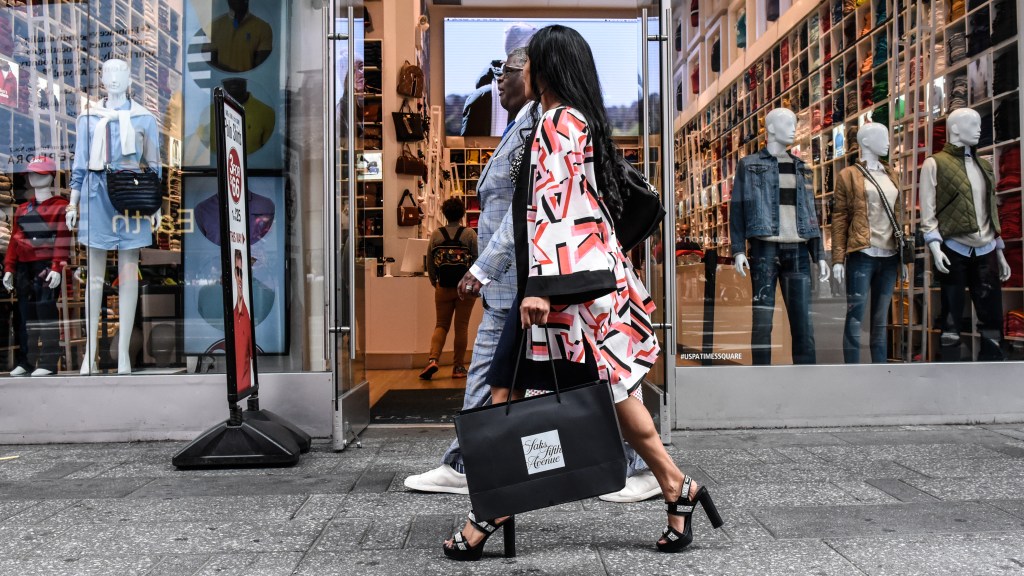Bank of Japan Increases Interest Rates to Highest Level in 17 Years
The Bank of Japan has increased interest rates to the highest level seen in 17 years, marking a significant shift as the central bank diverges from global monetary policy trends.
The Bank of Japan (BoJ) has raised the borrowing cost in the world’s fourth-largest economy to approximately 0.5 percent, up from 0.25 percent, the highest point since the global financial crisis of 2008. This is the first increase implemented by the central bank since July of last year and aligns with analysts’ expectations.
This recent rate hike further differentiates Japanese monetary policy from that of other major economies, where central banks are projected to continue reducing borrowing costs throughout the year. Rate decisions by the Bank of England, the US Federal Reserve, and the European Central Bank suggest a trend toward lower rates in the upcoming months.
Following the announcement, the Japanese yen depreciated by 0.52 percent against the dollar, reaching ¥155.20. Last year, the yen declined sharply as investors unwound a trade strategy involving borrowing in yen at low-interest rates to invest abroad. The anticipated increase in Japanese interest rates has made this type of trading less appealing.
Additional data released on Friday indicated that Japanese inflation surged in December, reaching an annual rate of 3.6 percent, up from 2.9 percent the previous month. This figure surpassed analysts’ expectations of 3.4 percent.
Historically, Japan has contended with deflationary pressures due to sluggish demand and an aging population. In response, the BoJ adopted a negative interest rate policy and intervened in the government bond market to reduce borrowing costs. It concluded its negative rate policy in March of last year, raising rates for the first time since 2007 from minus 0.1 percent to 0.1 percent.
Officials from the BoJ have projected that inflation will average 2.4 percent through 2025, an increase from the prior estimate of 1.9 percent. They have indicated plans to “raise the policy interest rate and adjust the degree of monetary accommodation” in the coming year. Analysts from Dutch bank ING suggest there could be two additional rate hikes this year, anticipated in May and October.
On Friday, the Nikkei, Japan’s primary stock index, remained steady near the 40,000 mark. In contrast, China’s CSI 300 index saw a rise of 0.77 percent, supported by government initiatives promoting investment in the domestic stock market. Similarly, Hong Kong’s Hang Seng index jumped by 1.86 percent.

Investor sentiment regarding potential interest rate reductions by central banks has moderated due to uncertainties related to President Trump’s trade policy and its implications for inflation.
During the BoJ’s last meeting, Governor Kazuo Ueda defended the decision to maintain rates, citing uncertainty around Trump’s policies and the outlook for corporate earnings in Japan.
Consultancy Pantheon Macroeconomics stated: “Both factors have shifted in favor of a rate hike, bolstered by encouraging news in wage negotiations and the absence of significant market disruptions from Trump’s policy changes thus far.”




Post Comment